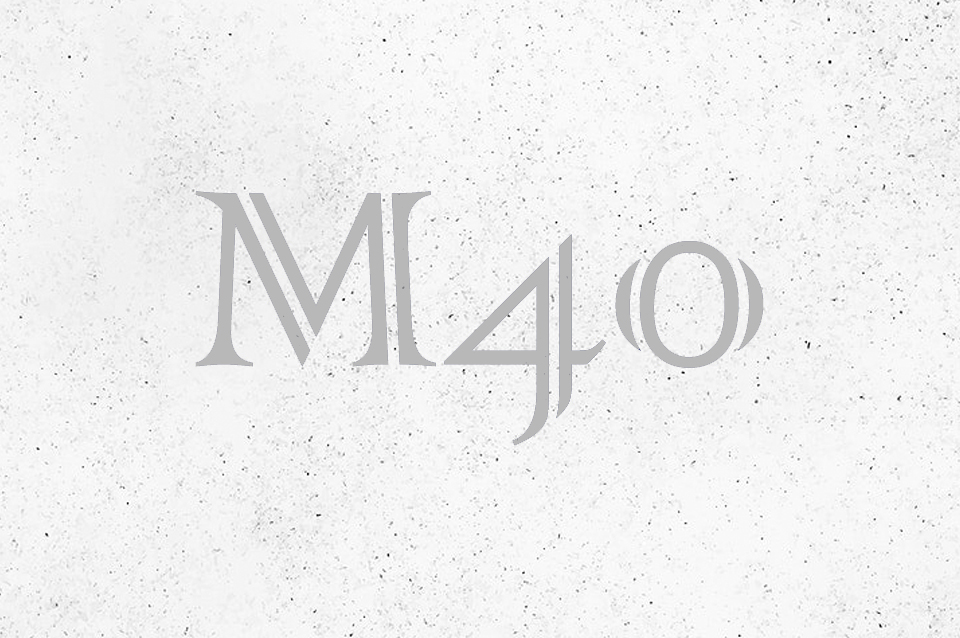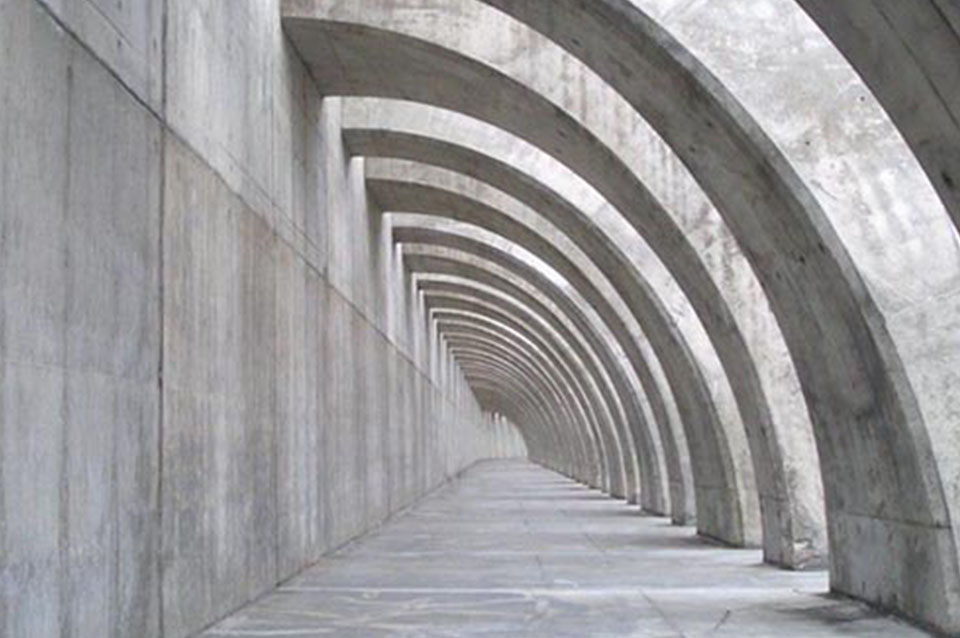
High Strengthening Concrete has been developed for fast-track construction, airport hard standings, warehouses and precast structures. Designed to enhance early strength development, this concrete allows fast formwork removal, accelerated construction sequencing, and rapid repair for such jobs as roads and airport runways. It is a range of high early-strength concrete that speed up construction by allowing quick release of formwork. In an ever demanding and extremely competitive environment with tight deadlines, speed and efficiency are critical.
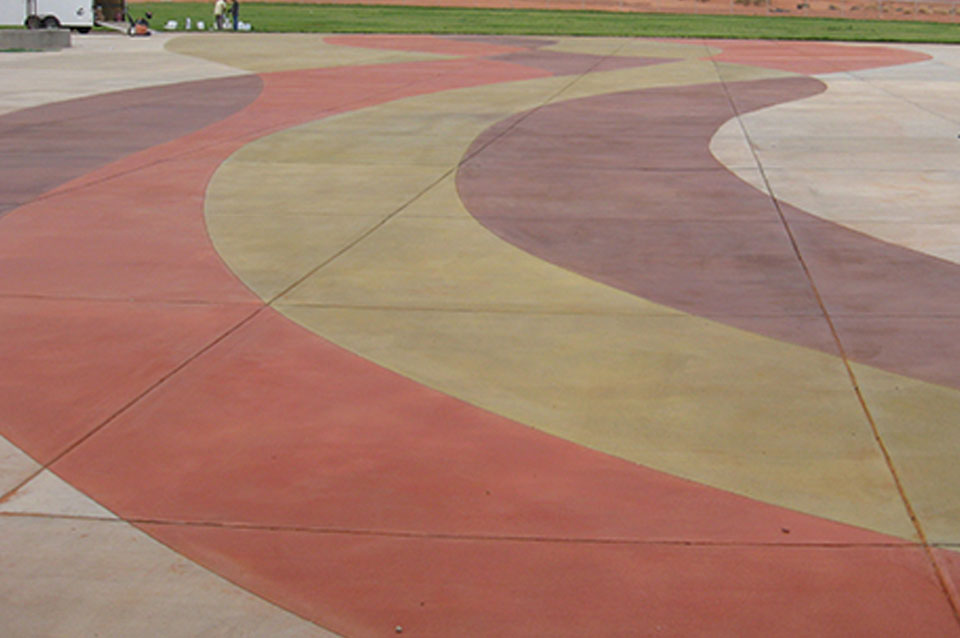
Concrete is one of the most versatile construction materials available, and the range of decorative uses are only just starting to be explored. Coloured Concrete is as versatile and easy to use as conventional concrete, but it comes with an added benefit because it can be coloured in order to match existing work. It is a material that will help your home or project to melt into the surroundings, or really stand out from other properties depending on the colours that you select and the designs that you choose. Enhance your environment with the endless design possibilities using coloured Concrete.
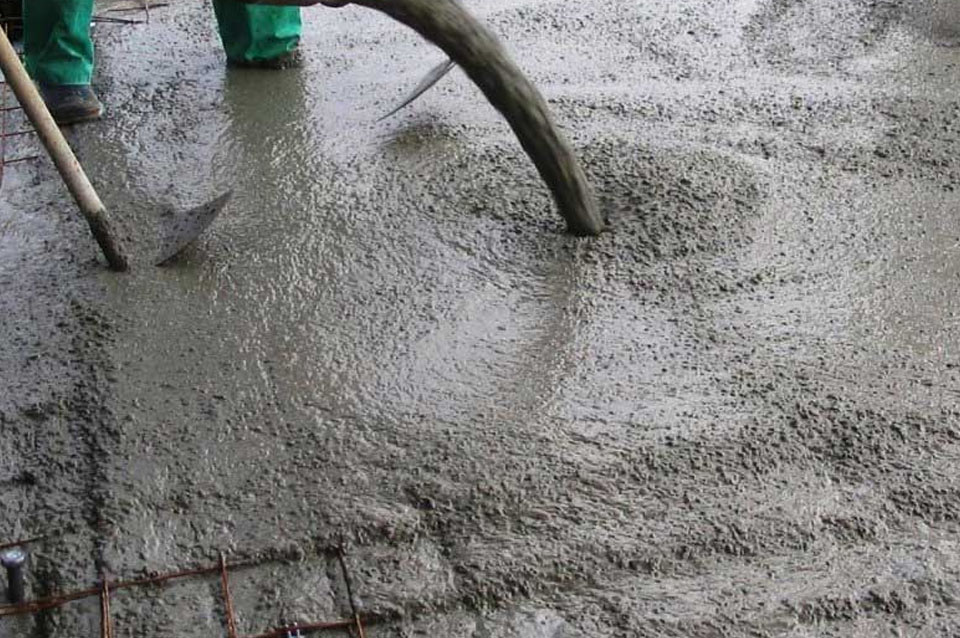
Self Compacting concrete (SCC) is a special type of concrete which can be placed and consolidated under its own weight without any vibration effort due to its excellent deformability, and which at the same time is cohesive enough to be handled without segregation or bleeding. Our SCC mixes provide the solutions and our SCC mixes pass all parameters required for being truly called as SCC and are not just high flow mixes. Congested reinforcement or architectural requirements often make it difficult to use conventional compaction methods while placing concrete.
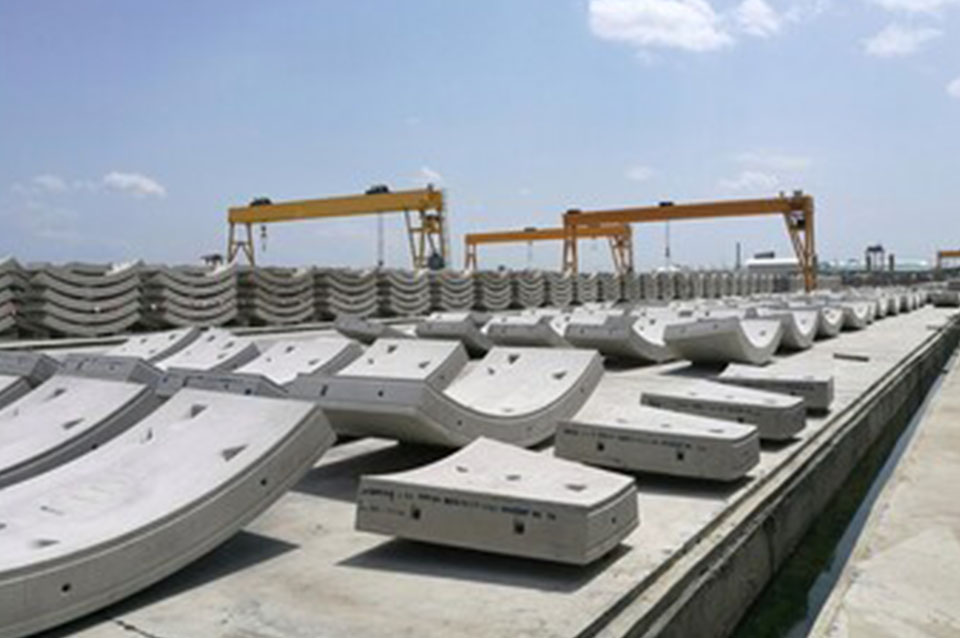
Precast Concrete is a form of concrete that is prepared, cast and cured off-site, usually in a controlled factory environment, using reusable moulds. Precast concrete elements can be joined to other elements to form a complete structure. It is a construction product produced by casting concrete in a reusable mold or form which is then cured in a controlled environment, transported to the construction site and lifted into place. Precast concrete frames involve an entire structure being fabricated off-site. A benefit of precast concrete is that the product is created in ideal manufacturing conditions.
M5 is very lean mix concrete and can be used in any nonstructural work. M5 grade concrete is generally used in foundation as Plain Cement Concrete (PCC). This grade is widely used non structural member because it has less compression strength. It has 1:5:10 ratio of mix proportion to achieve the characteristic strength. PCC is used for leveling, bedding for footings, grade slabs, concrete roads etc.PCC is used to provide non-porous, rigid, impervious, firm and leveled bed for laying RCC, where earth is soft and yielding.PCC can be use over brick .

M10 concrete is the strength offered by the concrete cube of 150mm dimension. M stands for mix of concrete. 10 stands for strength of concrete cube such as 10 (MPa Or N/mm2) after 28 days of curing. Generally M10 and M15 grades of concrete are used for leveling course, and bedding for footings. Another use of M10 concrete is to provide a flat base for laying ground floor slab and filling the depressed floor slabs. The same could be done by using earth or sand. But in my department we use concrete of grade M10 with 40mm graded aggregates as it provides a firm and solid base.

M15 concrete mix has a mix proportion of 1:2:4 of cement, fine aggregate, and coarse aggregate respectively. M stands for mix of concrete. 15 stands for strength of concrete cube such as 15 (MPa Or N/mm2) after 28 days of curing. M15 grade of concrete in used for Dry Lean Concrete or DLC. Another use of M15 concrete is to provide a flat base for laying ground floor slab and filling the depressed floor slabs. The same could be done by using earth or sand. This type of concrete mix is often used in foundations or domestic floor slabs. It has a minimum content of cement and is best suited for strip footing foundations.

M20 concrete mix has a mix proportion of 1:1.5:3 that mean 1 part of cement, 1.5 part of sand (fine aggregate) and 3 parts of aggregate (crushed stone) in volume and then batched for mixing. M stands for mix of concrete. 20 stands for strength of concrete cube such as 20 (MPa Or N/mm2) after 28 days of curing. This form of Ready mix concrete is designed to comply with a compressive strength denoted by the class of mix to meet the Indian standards. Grade of concrete M20 is applicable for Reinforced Cement Concrete (RCC) works for slabs, beams, columns and so on. The high strength concrete has its applications for high rise buildings.

M25 concrete mix has a mix proportion of 1:1:2 that mean 1 part of cement, 1 part of sand (fine aggregate) and 2 parts of aggregate (crushed stone) in volume and then batched for mixing. M stands for mix of concrete. 25 stands for strength of concrete cube such as 25 (MPa Or N/mm2) after 28 days of curing. It is used for the construction in all areas, multi-purpose concrete mix and it can also be used for any foundations. It is also used as Reinforced Cement Concrete (RCC). It can be used in the construction of slabs, beams, columns, footings, etc.
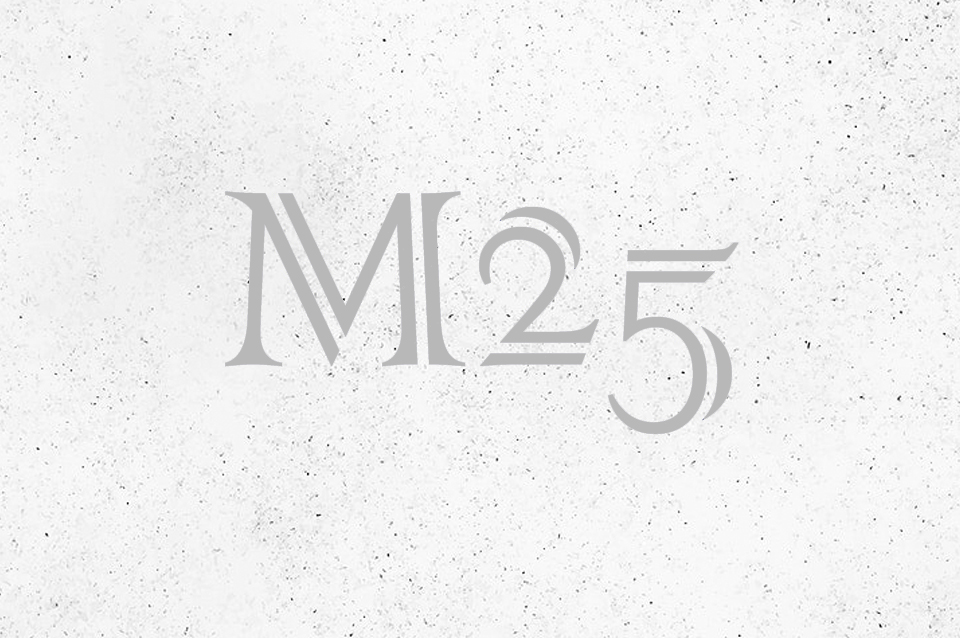
M30 concrete mix has a mix proportion of 1:0.75:1.5 that mean 1 part of cement, 0.75 part of sand (fine aggregate) and 1.5 parts of aggregate (crushed stone) in volume and then batched for mixing. M stands for mix of concrete. 30 stands for strength of concrete cube such as 30 (MPa Or N/mm2) after 28 days of curing. It is used for Pathways and roadways (this is the lowest grade concrete mix that can be used for this purpose), more durable than the other grades, Weather resistant. It can be used in the construction of slabs, beams, columns, footings, etc. It is also used as Reinforced Cement Concrete (RCC).

M35 concrete mix has a mix proportion of 1:1.6: 2.907 that mean 1 part of cement, 1.6 part of sand (fine aggregate) and 2.907 parts of aggregate (crushed stone) in volume and then batched for mixing. M stands for mix of concrete. 35 stands for strength of concrete cube such as 35 (MPa Or N/mm2) after 28 days of curing. It is used for Commercial structures, Creating external walls and slabs and Structural piling. It can be used in the construction of slabs, beams, columns, footings, etc. It is also used as Reinforced Cement Concrete (RCC).
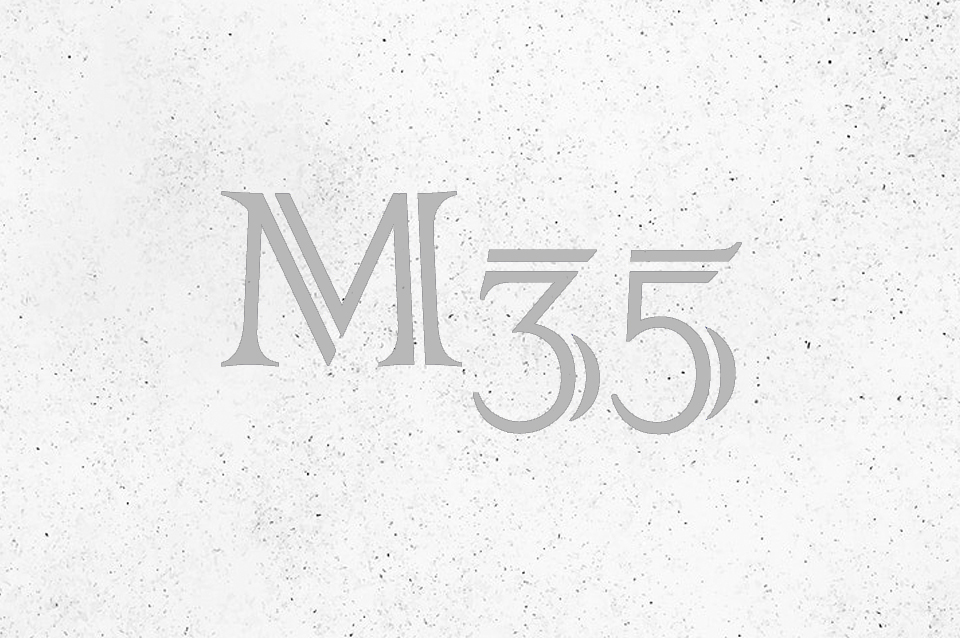
M40 concrete mix has a mix proportion of 1:1.3:2.6 that mean 1 part of cement, 1.3 part of sand (fine aggregate) and 2.6 parts of aggregate (crushed stone) in volume and then batched for mixing. M stands for mix of concrete. 40 stands for strength of concrete cube such as 40 (MPa Or N/mm2) after 28 days of curing. It is used for Commercial construction sites, Creating foundations and beams for structural support and roads. M40 can withstand chemical corrosion also, so is frequently used on farms where slurry could corrode structures, or in septic tanks. It is also used as Reinforced Cement Concrete (RCC).
